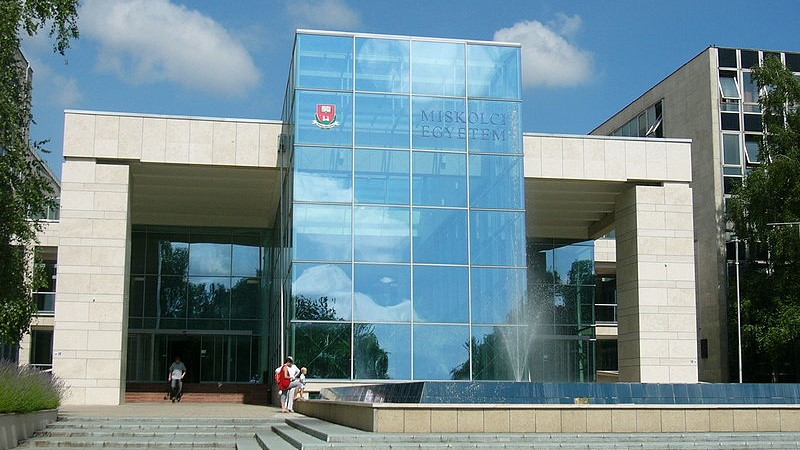Since 2014, 16 March is dedicated to marking the day of the Hungarian flag and coat of arms. 16 March marks the legislation passed on this day in 1848, which first required all public institutions and ships to display the Hungarian flag and coat of arms on national celebrations.
Hungary’s tricolour, the red, white and green flag was officially recognised as the national flag of Hungary on 11 April 1848. The symbolic recognition, also a move towards promoting more sovereignty and self-determination for Hungarians, was one of the major achievements of the 15 March 1848 Revolution. As the revolution turned into a freedom fight, the Habsburg dynasty turned against the use of Hungarian national symbolism, while after the defeat of the uprising, the use of the tricolour flag was prohibited, in an attempt to strike down every separatist tendency. It was not until the Compromise of 1867 that Hungarians could again freely display their national flag.
The Hungarian flag and coat of arms are historically embedded symbols of Hungarian nationhood and belonging, which the memorial day of 16 March is dedicated to upholding and promoting. While initially only red and white were used as Hungarian colours, in the 16th century the colour green was also added to the flag. The Hungarian tricolour was first used during the coronation of Matthias II in 1608. The popular use of these three colours in the national flag is linked to the 19th century, and to the Revolution and Freedom Fight that promoted the consolidation of a national symbolism that all Hungarians can associate with and look up to.
Of the three colours of the triband, the red stripe is known to represent strength, the colour white symbolises loyalty, while green stands for hope.
Similarly to the flag, the Hungarian coat of arms main elements emerged in an articulated form first in the 16th century, too. While the double cross refers to the apostolic kingdom, underneath the cross the three hills represent the Mátra, Tatra and Fatra mountains; the silver stripes represent the four main Hungarian rivers, the Danube, the Tisza, the Drava and the Sava.
While the Hungarian flag and national symbols are honoured in a variety of ways today, there is a specific event each year that is dedicated to displaying Hungary’s tricolour. Annually, a 1848-metre-long Hungarian flag is carried along Andrássy Avenue to Heroes’ Square in Budapest by 1848 flag bearers, honouring both the memory of the Revolution and Freedom Fight and also marking the cultural and national importance of the nation’s colours.
This year, the event, first held on 16 March 2018, will take place on 4 June, on the day of the signing of the Trianon peace treaty that redefined Hungary’s borders. As a reminder of the profound impact the treaty had on the Hungarian nation, creating Hungarian ethnic minorities in neighbouring countries, the 1848-metre-long flag will be followed by a 450-metre-long Sekler (székely) flag at this year’s celebration.








